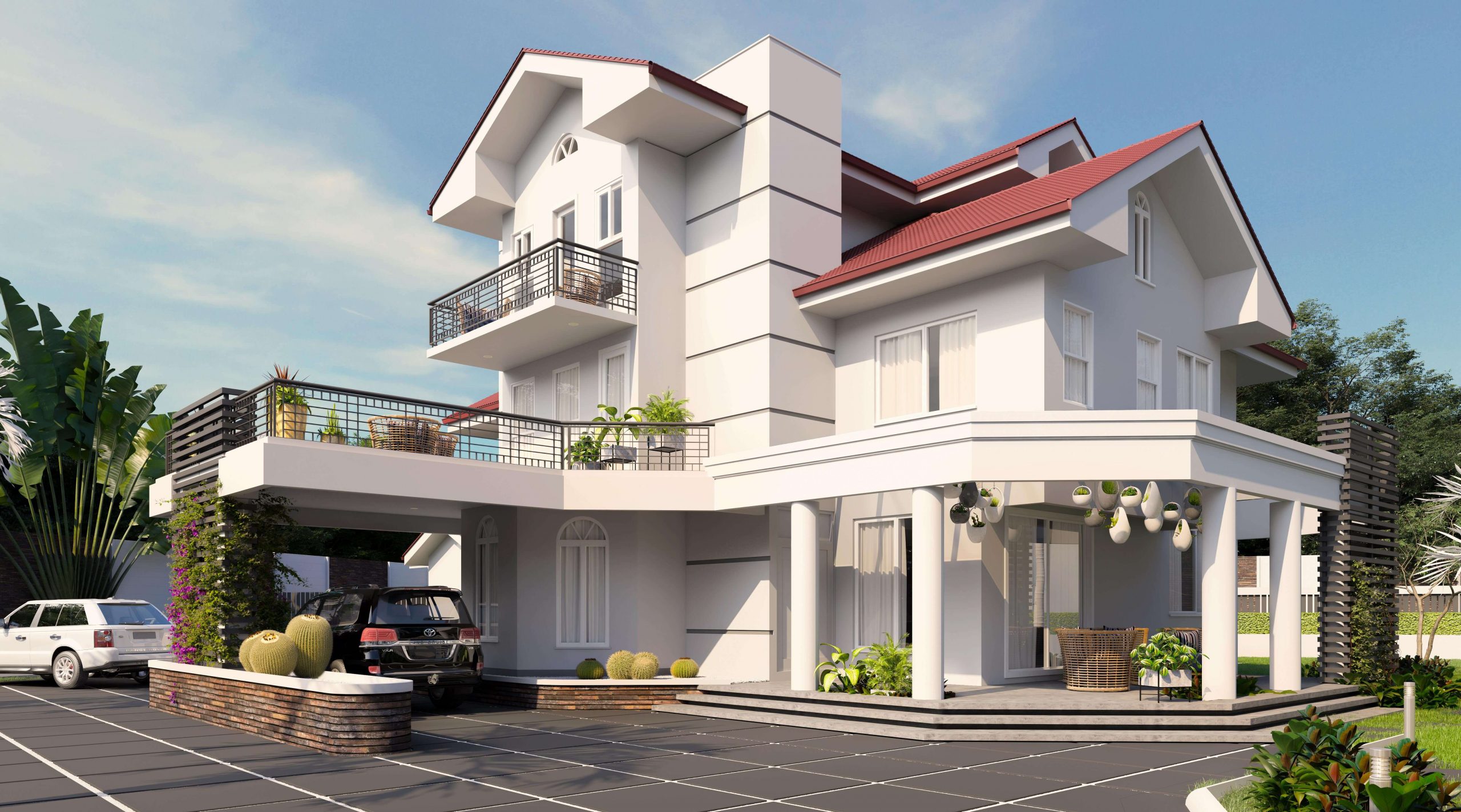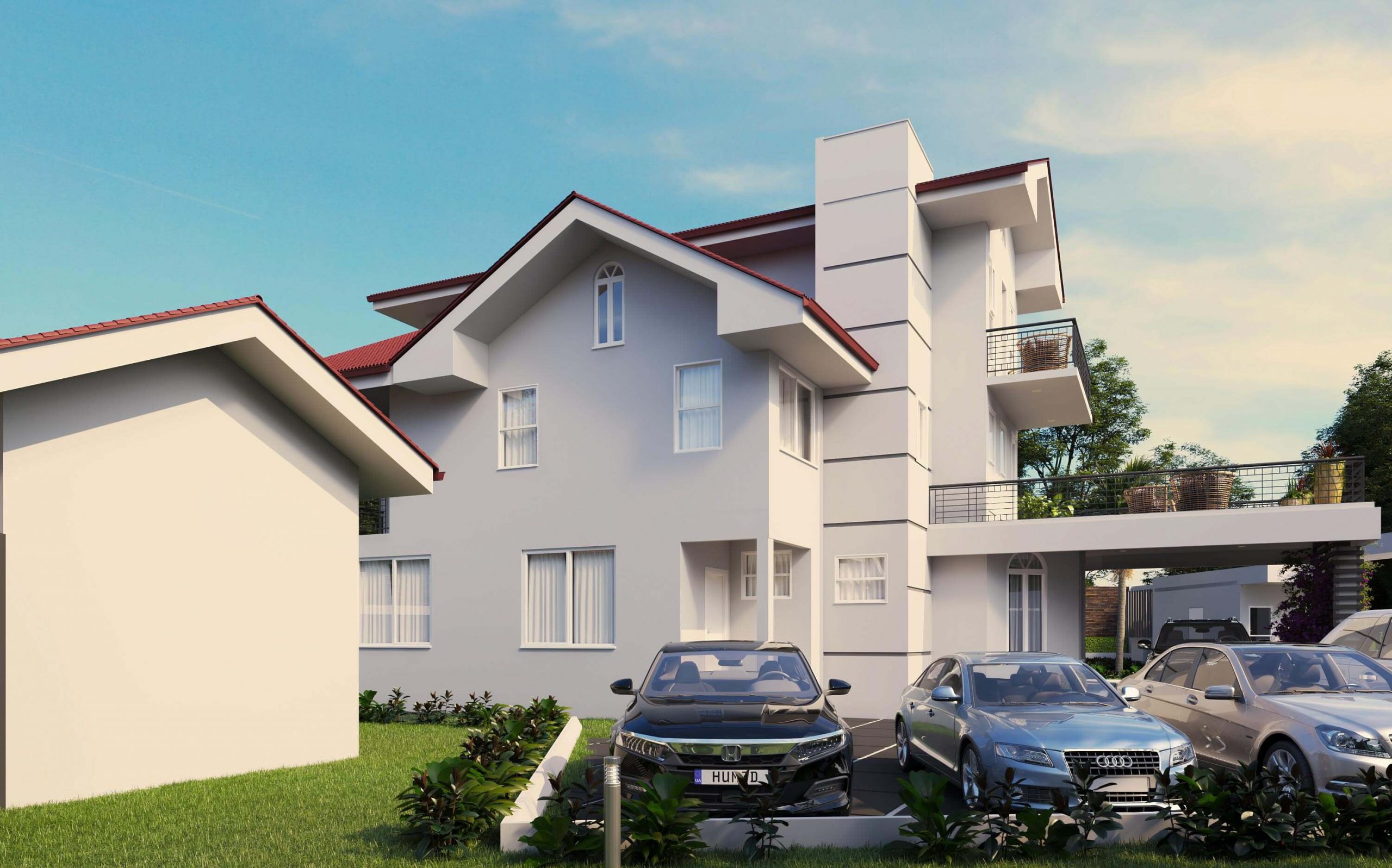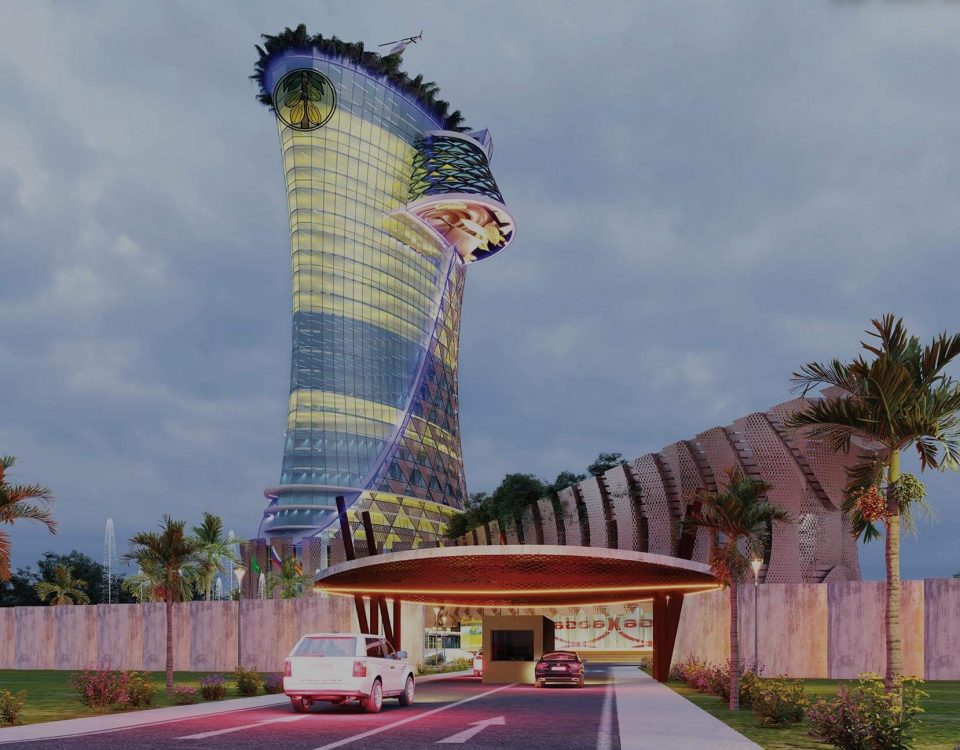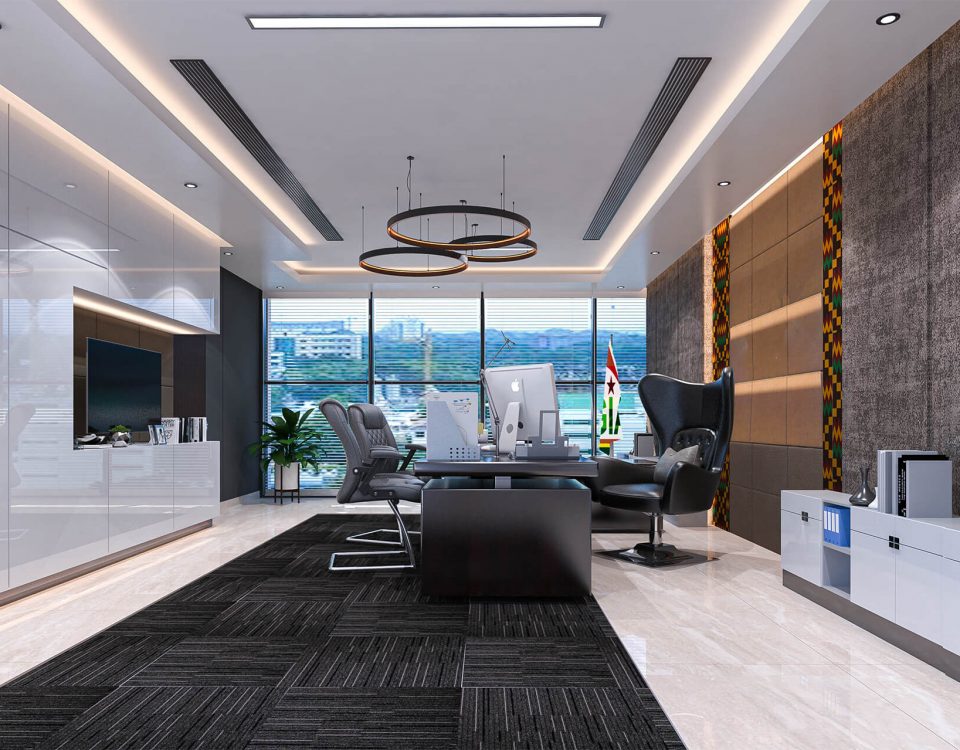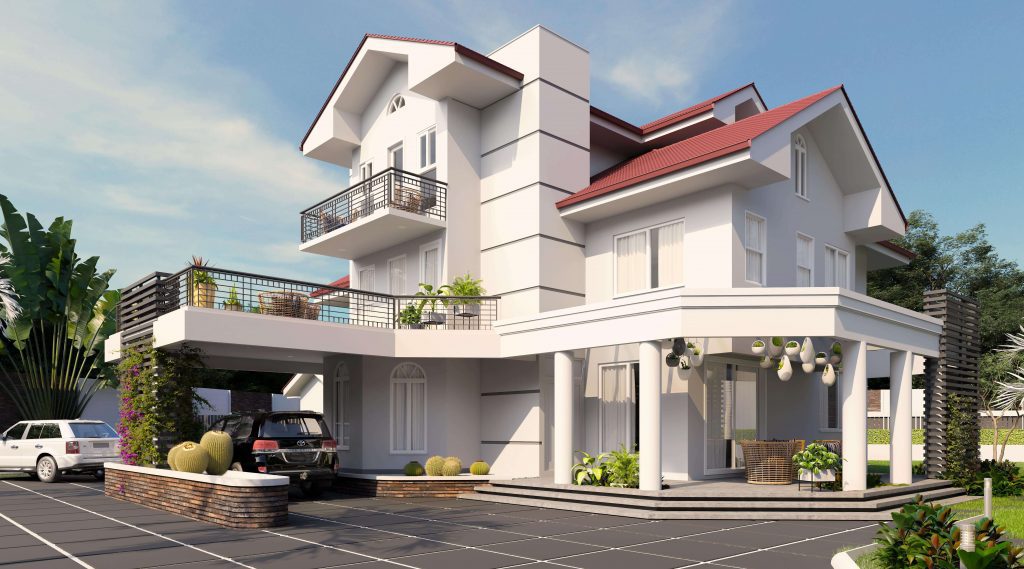
The Power of Visualization: How Architects Bring Their Designs to Life

From the towering skyscrapers of New York City to the bold and colorful buildings of Tokyo, architecture has the power to transform our world into a breathtaking work of art. But long before these designs become physical structures, they exist only in the minds of architects as complex and detailed visualizations. Join us as we take a deep dive into the fascinating world of architectural visualization and explore how it helps architects bring their wildest ideas to life!
Introduction to Architectural Visualization
The process of creating an architectural visualization begins long before any software is opened. A project’s first drawings and concepts are the inspiration for a 3D model or animation that will ultimately sell the design to clients, investors, or the public.
“Visualization is all about storytelling,” says Kevin Price, principal of the visualization studio Visceral in Los Angeles. “You have to be able to take a complex subject and present it in a way that’s easy for people to understand.
The Benefits of Using Visualization Tools for Designers
When it comes to the design process, visualization tools are an essential part of bringing a project to life. From early sketches to fully-rendered 3D models, these tools help designers communicate their ideas and build a shared understanding with clients.
At its most basic, visualization is about creating images that represent data or concepts. This can be done in many different ways, from simple line drawings to complex computer simulations. Visualization is used throughout the design process, from early brainstorming sessions to final presentations.
There are many benefits of using visualization tools for designers. Perhaps the most important is that they help us communicate our ideas. A sketch or rendering can often convey an idea more clearly than words alone. They also help us explore and understand complex problems. By visualizing different solutions, we can quickly identify which ones are likely to work and which ones are not.
Another benefit of visualization is that it helps us build consensus with clients and other stakeholders. When everyone is looking at the same image, it becomes much easier to identify areas of agreement and disagreement. This can save a lot of time and energy in the negotiation process.
Visualization tools can also help us sell our designs to the public. A well-rendered image or video can make even the most abstract concepts understandable and compelling to a lay audience. In today’s world of social media and viral marketing, this is more important than ever before.
Types of Architectural Visualization Software
There are many different types of software that architects use to create visualizations of their designs. Some of the most popular programs include Autodesk 3ds Max, V-Ray, and SketchUp. These programs allow architects to create realistic images and videos of their projects.
When choosing a program to create your visualizations, it is important to consider the type of project you are working on. For example, if you are creating a video walkthrough of a building, you will need a program that can render 3D graphics in real-time. On the other hand, if you are simply creating static images of a design, you can use a less powerful program like SketchUp.
The type of software you use will also determine the quality of your visualizations. If you want to create high-quality images or videos, you will need to use a powerful rendering program like V-Ray. However, if you are only interested in creating simple illustrations, there are many lower-cost programs that can provide satisfactory results.
How Architects Utilize Visualizations in their Designs
As anyone who has ever tried to explain their vision for a project can attest, words often fall short when trying to describe something that doesn’t yet exist. This is where visualization comes in. For architects, the power of visualization is essential for communicating their designs to clients, collaborators, and contractors.
Through the use of visualization tools like 3D rendering and virtual reality (VR), architects are able to give others a realistic preview of what a completed project will look and feel like. This allows everyone involved in the design process to identify potential problems and make necessary changes before construction even begins.
Not only do visualizations help bring projects to life, but they can also save considerable time and money by identifying issues early on. In some cases, visualizations have even allowed architects to make last-minute changes that dramatically improve the overall design.
It’s safe to say that visualization is an invaluable tool for architects, one that has helped shape some of the world’s most iconic buildings and structures.
Different Types of Renderings Used in Visualizations
There are three main types of renderings that architects use to bring their designs to life: realistic, conceptual, and photorealistic.
Realistic renderings are usually created using computer-aided design (CAD) software and are meant to look as close to the final product as possible. This type of rendering is often used for presenting designs to clients or investors.
Conceptual renderings are less detailed than realistic ones and are often used in the early stages of design to explore different ideas. They can be hand-drawn or created using CAD software.
Photorealistic renderings are the most detailed type of rendering and are usually created using specialized rendering software. This type of rendering is often used for marketing purposes, such as creating website images or promotional materials.
Examples of Examples of Successful Architectural Visualization Projects
There are countless examples of successful architectural visualization projects. Here are just a few:
The Empire State Building in New York City was designed by architectural firm Shreve, Lamb & Harmon and completed in 1931. The building's Art Deco spire has been captured in numerous drawings, paintings, and photographs, making it one of the most instantly recognizable buildings in the world.
The Guggenheim Museum in Bilbao, Spain was designed by world-renowned architect Frank Gehry and completed in 1997. The building's unique titanium-clad exterior has been captured in countless photographs and videos, making it one of the most popular tourist destinations in Spain.
The Burj Khalifa in Dubai, UAE is the tallest building in the world, measuring over 2,700 feet tall. The building was designed by Skidmore, Owings & Merrill and completed in 2010. The building's sleek design and impressive height have made it an iconic symbol of Dubai's skyline.
Conclusion
As an architect, visualizing a project can help you bring your designs to life. From understanding client’s needs and preferences to helping clarify and communicate design concepts, visualization is increasingly becoming an unavoidable tool for architects. By using different tools such as sketching or 3D models, architects are able to bring their ideas from paper into reality. Visualization not only helps foster collaboration between different stakeholders but also allows future occupants of buildings to get involved in the planning process earlier on.


